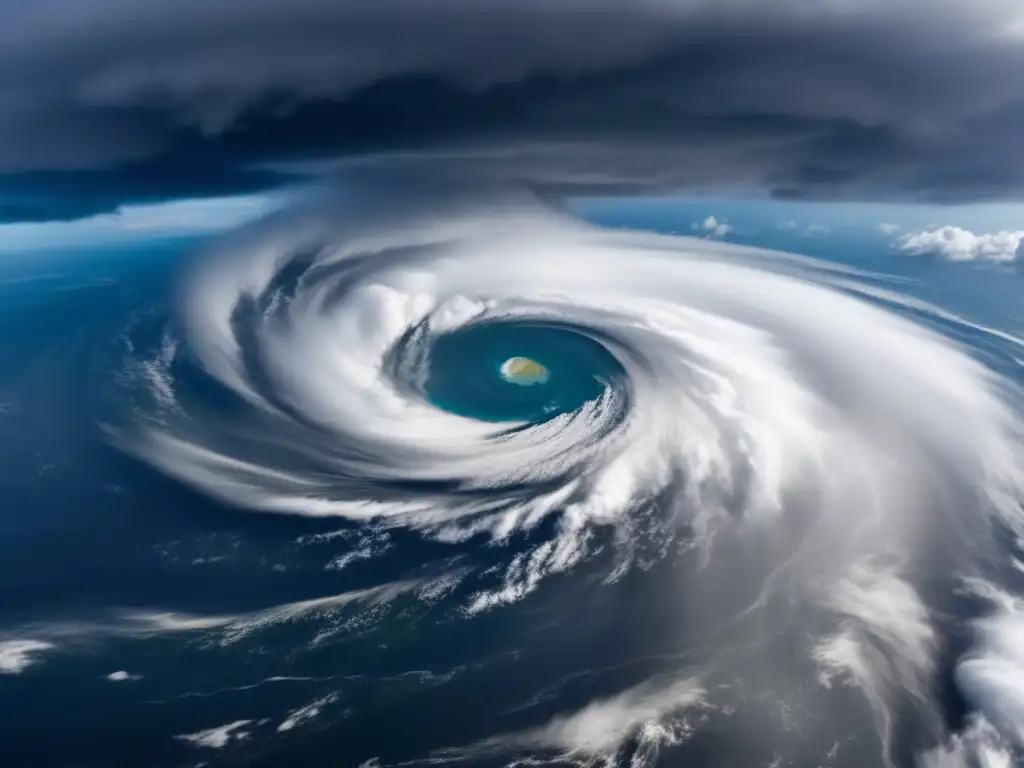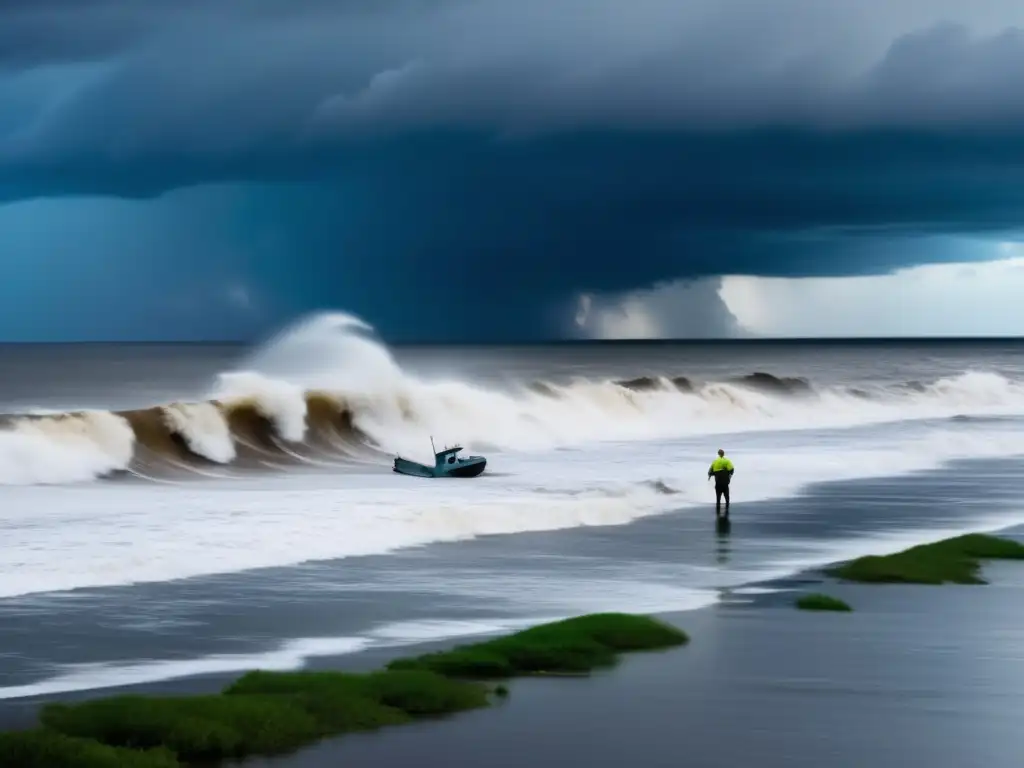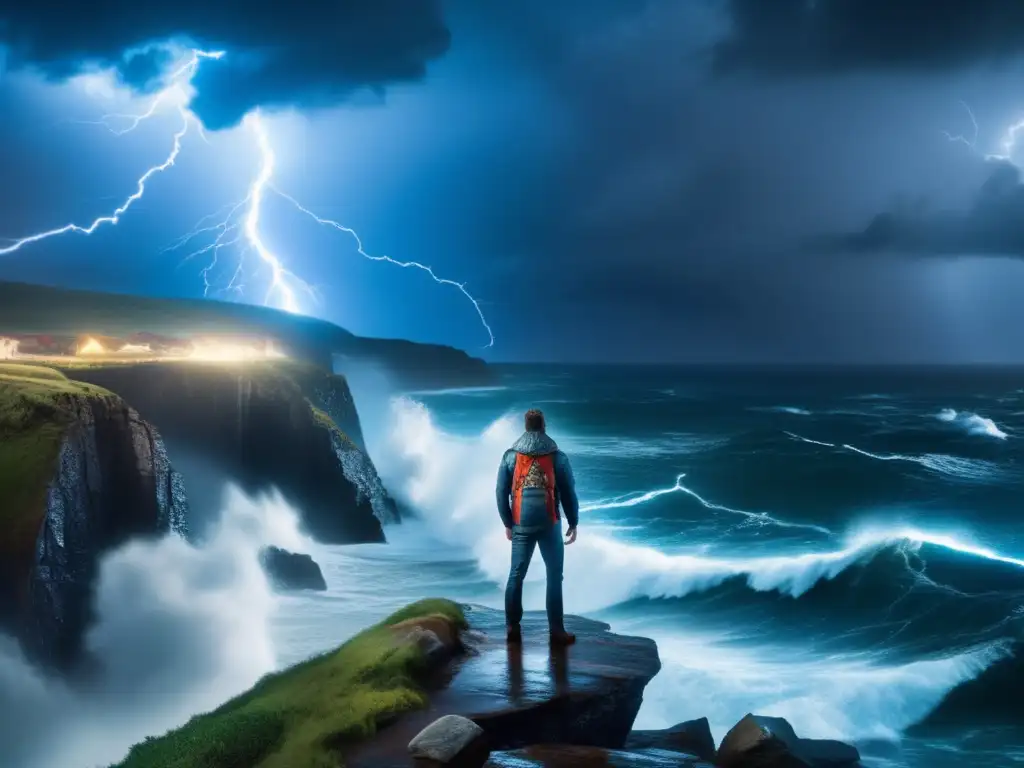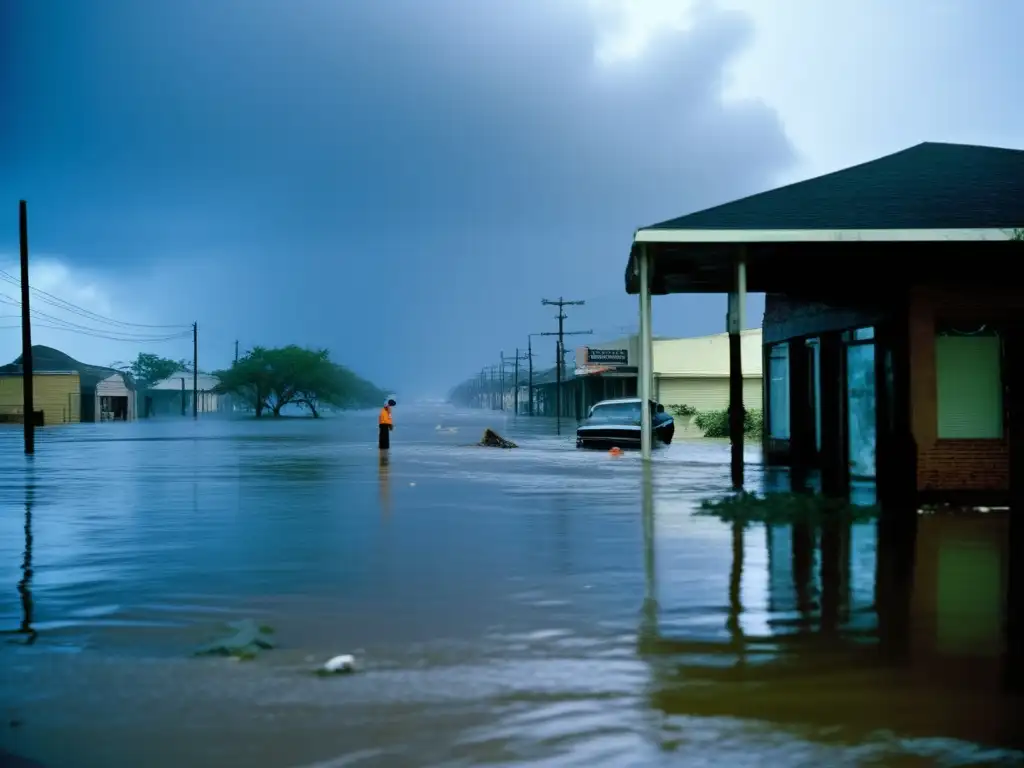"Isaac's Storm: A Man, A Time, And The Deadliest Hurricane In History" By Erik Larson

An In-Depth Literary Analysis of the Hurricane Book: "Isaac's Storm: A Man, a Time, and the Deadliest Hurricane in History" by Erik Larson
- Introduction
- Book Details
- How "Isaac's Storm: A Man, a Time, and the Deadliest Hurricane in History" by Erik Larson Portrays Hurricanes
- Key Aspects of "Isaac's Storm: A Man, a Time, and the Deadliest Hurricane in History" by Erik Larson
- Comparing "Isaac's Storm: A Man, a Time, and the Deadliest Hurricane in History" by Erik Larson to Other Hurricane Books
- Popular Opinion and Reception of "Isaac's Storm: A Man, a Time, and the Deadliest Hurricane in History" by Erik Larson
- Frequently Asked Questions
- Conclusion
Introduction
Isaac's Storm is a non-fiction book written by Erik Larson in 1999 that depicts the events leading up to and following the deadly 1900 Galveston hurricane. The book provides a harrowing insight into the devastating impact of natural disasters and how they affect individuals, communities, and society. Through detailed narrative, Larson offers a gripping portrayal of the power and destruction of hurricanes, highlighting the importance of understanding and preparing for these potentially catastrophic events.
Book Details

- Book Title: Isaac's Storm: A Man, a Time, and the Deadliest Hurricane in History
- Author: Erik Larson
- Genre: Non-fiction
- Publication Year: 1999
- Publisher: Crown Publishers
- Additional Interesting Facts: The book was a New York Times best-seller for many weeks and has been named a National Bestseller by Publishers Weekly. Isaac's Storm won several notable awards, including the Edgar Award for Best Fact Crime in 2000.
How "Isaac's Storm: A Man, a Time, and the Deadliest Hurricane in History" by Erik Larson Portrays Hurricanes

The Role of Hurricanes in the Narrative
Larson presents hurricanes as a natural force beyond human control. The book highlights the destructive power of hurricanes and the impact they have on communities and individuals. The Galveston hurricane of 1900 is portrayed as a catastrophic natural disaster that devastated the city, resulting in over 8,000 deaths and an estimated $30 million worth of damages at the time. Through vivid descriptions and personal accounts, the book offers a glimpse into the chaos and devastation caused by hurricanes.
Symbolism of Hurricanes
Larson uses hurricanes as a symbol of unpredictability and uncertainty. The storm represents a force of nature that cannot be tamed or controlled. The book also depicts the human tendency to underestimate nature's power and to have faith in scientific knowledge and progress. The book's portrayal of the Galveston hurricane of 1900 represents how hubris and overconfidence can lead to devastating consequences.
Key Aspects of "Isaac's Storm: A Man, a Time, and the Deadliest Hurricane in History" by Erik Larson

Storyline and Characters
The book follows the story of Isaac Cline, the chief meteorologist for the Galveston office of the U.S. Weather Bureau, and his role in forecasting the approaching hurricane. Larson weaves together a narrative that combines scientific analysis with personal anecdotes to provide a comprehensive and engaging account of the events leading up to, during, and after the storm. The book also provides insight into the lives and experiences of those affected by the hurricane, from fishermen and immigrants to wealthy businessmen and politicians.
Literary Techniques and Stylistic Devices
Larson employs several literary techniques and stylistic devices to make the book come alive and create an immersive reading experience. For example, he uses foreshadowing and dramatic irony to build tension and suspense throughout the book. He also incorporates vivid descriptions of the hurricane's impact, using sensory details to make the reader feel as if they were there. Additionally, he includes newspaper clippings, telegrams, and other primary sources to add depth and authenticity to the narrative.
Realism and Accuracy
Larson goes to great lengths to ensure the book's accuracy, drawing on extensive research and consulting with experts in the field. The book is grounded in historical facts and events, making it an important resource for those interested in the history of hurricanes and their impact on society. The book's realism and attention to detail also make it an effective educational tool for those looking to learn more about hurricanes and disaster preparedness.
Comparing "Isaac's Storm: A Man, a Time, and the Deadliest Hurricane in History" by Erik Larson to Other Hurricane Books

"The Perfect Storm" by Sebastian Junger
While both books explore the power of natural disasters and their impact on individuals and communities, "The Perfect Storm" focuses on a single event - the 1991 Nor'easter that sank the fishing boat Andrea Gail - whereas Isaac's Storm provides a wider historical account of the impact of the Galveston hurricane of 1900. Additionally, The Perfect Storm is a work of fiction, whereas Isaac's Storm is non-fiction, making it more suitable for those looking for factual information on hurricanes.
"Rising Tide: The Great Mississippi Flood of 1927 and How It Changed America" by John M. Barry
Like Isaac's Storm, "Rising Tide" is a non-fiction book that explores the impact of natural disasters on society. However, instead of focusing on hurricanes, "Rising Tide" examines the Mississippi River flood of 1927. Both books highlight the social and political implications of natural disasters and the role of science and technology in predicting and mitigating their impact. However, Rising Tide focuses more on the human response to disaster and its impact on American history, while Isaac's Storm is more focused on the science and meteorology behind hurricane prediction.
Popular Opinion and Reception of "Isaac's Storm: A Man, a Time, and the Deadliest Hurricane in History" by Erik Larson

"Isaac's Storm" has received widespread critical acclaim since its publication in 1999. The book has been praised for its storytelling, historical accuracy, and the author's ability to weave together a compelling narrative about a catastrophic event. The book's impact on popular culture can be seen in its continued popularity and use as an educational resource on hurricanes and disaster preparedness. The book has also won several awards, including the Edgar Award for Best Fact Crime in 2000.
Frequently Asked Questions

-
What lessons can we learn from "Isaac's Storm" about preparing for hurricanes?
The book highlights the importance of forecasting and monitoring hurricanes, as well as having a clear plan for evacuation and response. It also emphasizes the need for individuals and communities to take responsibility for their own safety by maintaining emergency supplies and being aware of potential hazards.
-
How accurate is "Isaac's Storm" in its portrayal of hurricanes?
The book is grounded in historical fact and supported by research and expert consultation. However, like any work of non-fiction, it is subject to interpretation and may contain some inaccuracies or omissions.
-
What impact has "Isaac's Storm" had on our understanding of hurricanes?
The book has helped to raise awareness about the devastating impact of hurricanes and the need for preparedness and risk management. It has also contributed to the field of meteorology by highlighting the importance of accurate forecasting and data analysis.
-
How does "Isaac's Storm" compare to other books about natural disasters?
"Isaac's Storm" is unique in its focus on hurricanes and the science behind their prediction and monitoring. However, it shares common themes with other books about natural disasters, such as the social and political implications of disasters and the need for effective disaster response and preparedness.
-
Why is it important to read books like "Isaac's Storm"?
Reading books about natural disasters can help individuals and communities to better understand the risks and impacts of these events. It can also provide insights into the science and technology behind disaster prediction and response, and help to foster a culture of preparedness and risk management.
Conclusion
"Isaac's Storm" is a powerful and engaging account of one of the deadliest hurricanes in history. Through its detailed narrative and historical accuracy, the book offers valuable insights into the science and impact of hurricanes, as well as the human response to natural disasters. By highlighting the devastating consequences of these events, the book emphasizes the importance of preparedness and risk management, and raises awareness about the need for continued research and innovation in the field of meteorology. Overall, "Isaac's Storm" is an essential read for anyone interested in the history and impact of hurricanes and natural disasters.
We hope you found this article informative and useful. Do not hesitate to leave your comments or questions below, and share this article with others who may find it valuable.
 "The Great Deluge: Hurricane Katrina, New Orleans, And The Mississippi Gulf Coast" By Douglas Brinkley
"The Great Deluge: Hurricane Katrina, New Orleans, And The Mississippi Gulf Coast" By Douglas Brinkley "Storm Of The Century: The Labor Day Hurricane Of 1935" By Willie Drye
"Storm Of The Century: The Labor Day Hurricane Of 1935" By Willie Drye "The Storm: What Went Wrong And Why During Hurricane Katrina--the Inside Story From One Louisiana Scientist" By Ivor Van Heerden
"The Storm: What Went Wrong And Why During Hurricane Katrina--the Inside Story From One Louisiana Scientist" By Ivor Van HeerdenIf you want to discover more articles similar to "Isaac's Storm: A Man, A Time, And The Deadliest Hurricane In History" By Erik Larson, you can visit the Books about Hurricanes category.
Leave a Reply

Articulos relacionados: